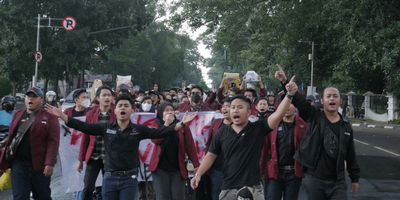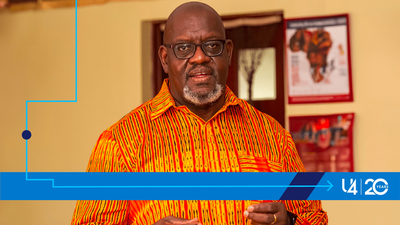Considering the State: Perspectives on South Sudan's subdivision and federalism debate
In October 2015, the president of the Republic of South Sudan, Salva Kiir Mayardit, decreed a change in the country’s administrative structure and increased the number of states from 10 to 28.
The entire process had been accompanied by much political speculation and confrontation. What were the reasons for this decision? Was it a good decision for South Sudan? What interests did it serve? Why did it happen at this time? Was dividing South Sudan into 28 states legal and constitutional? What would the consequences be? How would the subdivision into 28 states relate to what had been agreed in the Agreement for the Resolution of Conflict in South Sudan (ARCSS) that was signed in August 2015?
The creation of 28 states and the aftermath are only the latest events in a long history of debate and practice on how to divide South Sudan administratively. Recent steps have further invigorated a discussion that has been at times acrimonious, at others exploratory. It is intensely political, as the latest events have shown.
The purpose of this report is not to comment extensively on the latest events, or to recommend what might be the best structure for South Sudan. Rather, its starting point is the persistence of the debate in South Sudanese history. It acknowledges that, regardless of the next developments, there is a need for a structured and informed review of the myriad challenges and opportunities that arise from different administrative structures.





